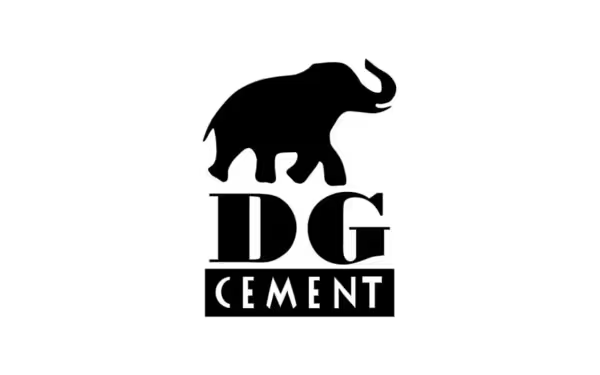Saturday, November 16, 2024 07:38 PM
DG Khan Cement's Strategic Expansion into US Market
- DGKC faces challenges despite US market entry.
- Low gross margins hinder financial stability.
- Proactive market diversification may yield future success.
 Image Credits: brecorder
Image Credits: brecorderDG Khan Cement navigates challenges in the US market while focusing on long-term growth strategies and market diversification.
DG Khan Cement (PSX: DGKC) has made headlines recently with its ambitious foray into the United States market through cement exports. This move is something that many rival companies aspire to replicate. However, despite this impressive entry, DGKC finds itself grappling with significant challenges that threaten its financial stability.
According to a recent analysis, DGKC's performance stands out among the top ten cement companies in Pakistan, particularly in terms of revenue and gross margin. While the company has bounced back from a staggering loss of Rs3.6 billion last year, its post-tax earnings of Rs542 million are still disappointing. In fact, these earnings are lower than those of smaller competitors like Thatta and Attock Cement. Even though DGKC recorded the fourth highest revenues in FY24, its gross margins are alarmingly low, sitting at around 16 percent. This figure is significantly below the average gross margin of 29.8 percent for the other companies in the analysis and only slightly better than DGKC's own FY23 margin of 15 percent, where the industry average was 25 percent.
DGKC is not a small player in the cement industry; it boasts one of the largest production capacities and operates plants in both the northern and southern regions of Pakistan, alongside Lucky Cement. The company has also taken bold steps to qualify for cement exports to the challenging US market. However, like many of its peers, DGKC has faced sluggish demand in the domestic market during FY24, prompting it to increase its export activities. Interestingly, DGKC has been exporting a larger volume of clinker compared to cement. In fact, data from the first nine months of FY24 indicates that while clinker exports surged by 52 percent, cement exports only grew by 29 percent. Notably, cement exports accounted for a mere 5 percent of total cement sales, a slight increase from last year’s 3 percent. This reliance on clinker, which typically commands lower prices in export markets, contributes to the company's low margins.
Two additional factors are exacerbating DGKC's struggles: a higher tax burden and substantial finance costs. In FY24, finance costs represented 12 percent of revenues, while overheads accounted for 6 percent, slightly above the average of 5 percent for other companies. Together, these costs consumed 18 percent of DGKC's revenues. With 84 percent of revenues already tied up in the cost of goods sold, the company has little profit to show, relying instead on "other income" sources, such as dividends from MCB, which are 1.4 times greater than its before-tax earnings.
Despite the current challenges, the outlook for DGKC may not be as bleak as it seems. The company has strategically positioned itself for long-term success by diversifying its markets. It supplies cement to both northern and southern regions of Pakistan and is exporting to the US, with hopes that its quality product will find acceptance in other North American markets. By prioritizing strategic decisions and investments over immediate profits, DGKC is laying the groundwork for future growth. The company is also focused on reducing its debt and has paused some energy projects due to high interest rates, aiming to stabilize its operations in the coming year.
While DGKC faces significant hurdles in the short term, its proactive approach to market diversification and strategic investments may ultimately yield positive results. The company’s journey serves as a reminder that sometimes, taking calculated risks and focusing on long-term goals can pave the way for future success, even in the face of immediate challenges.













